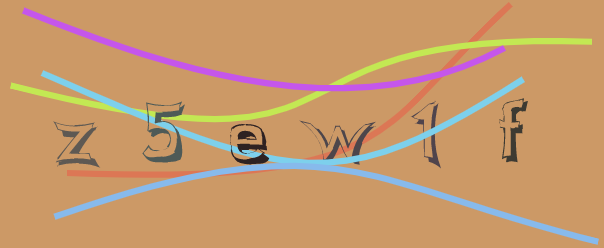
1. Why random verification code is needed
Prevent malicious machine registration. The role of verification code: effectively prevent this problem from a specific registered user using a specific program brute force to try to login, in fact, verification code is the current way of many websites, using a relatively simple way to achieve this function. Although it's a bit more difficult to log in, it's still necessary and important for the community.
Two Node.js Implementation of random verification code
Install third party package
npm install svg-captcha --save
file: https://www.npmjs.com/package/svg-captcha
Code demonstration
back-end program
const koa = require('koa') const router = require('koa-router')() // Import koa session module const session = require('koa-session') // Import svgCaptcha const svgCaptcha = require('svg-captcha'); const app = new koa() // Configure session app.keys = ['some secret hurr']; const CONFIG = { key: 'koa:sess', //cookie key (default is koa:sess) maxAge: 86400000, // Expiration time of cookie maxAge in ms (default is 1 days) overwrite: true, //Whether overwrite is allowed (default true) httpOnly: true, //Whether only the server side can access httpOnly or not (default true) signed: true, //Signature default true rolling: false, //Force cookies on every request, which resets the cookie expiration time (default: false) renew: false, //(boolean) renew session when session is nearly expired, }; app.use(session(CONFIG, app)); // Verification code request path router.get('/imgcode', async (ctx) => { const captcha = svgCaptcha.create( { size: 6, // Number of verification code characters fontSize: 20, // Text size width: 100, // image width height: 40, // Picture height noise:5, // Number of obscured lines background: "#cc9966 "/ / background color }); ctx.session.code = captcha.text; // Store random characters in session ctx.response.type = 'image/svg+xml'; // Set the type of response ctx.body = captcha.data; }) // Register route app.use(router.routes()) // Function: This is the recommended use of official documents. We can see router.allowedMethods() used for route matching router.routes (after), so when all routing middleware finally calls. ctx.status Set response response header app.use(router.allowedMethods()); app.listen(80)
Front end program
<img id="imgcode" style="width: 300px;cursor: pointer;" src="http://localhost/imgcode" alt=""> <script> imgcode.onclick = function(){ imgcode.src = 'http://localhost/imgcode?random' + Date.now() } </script>